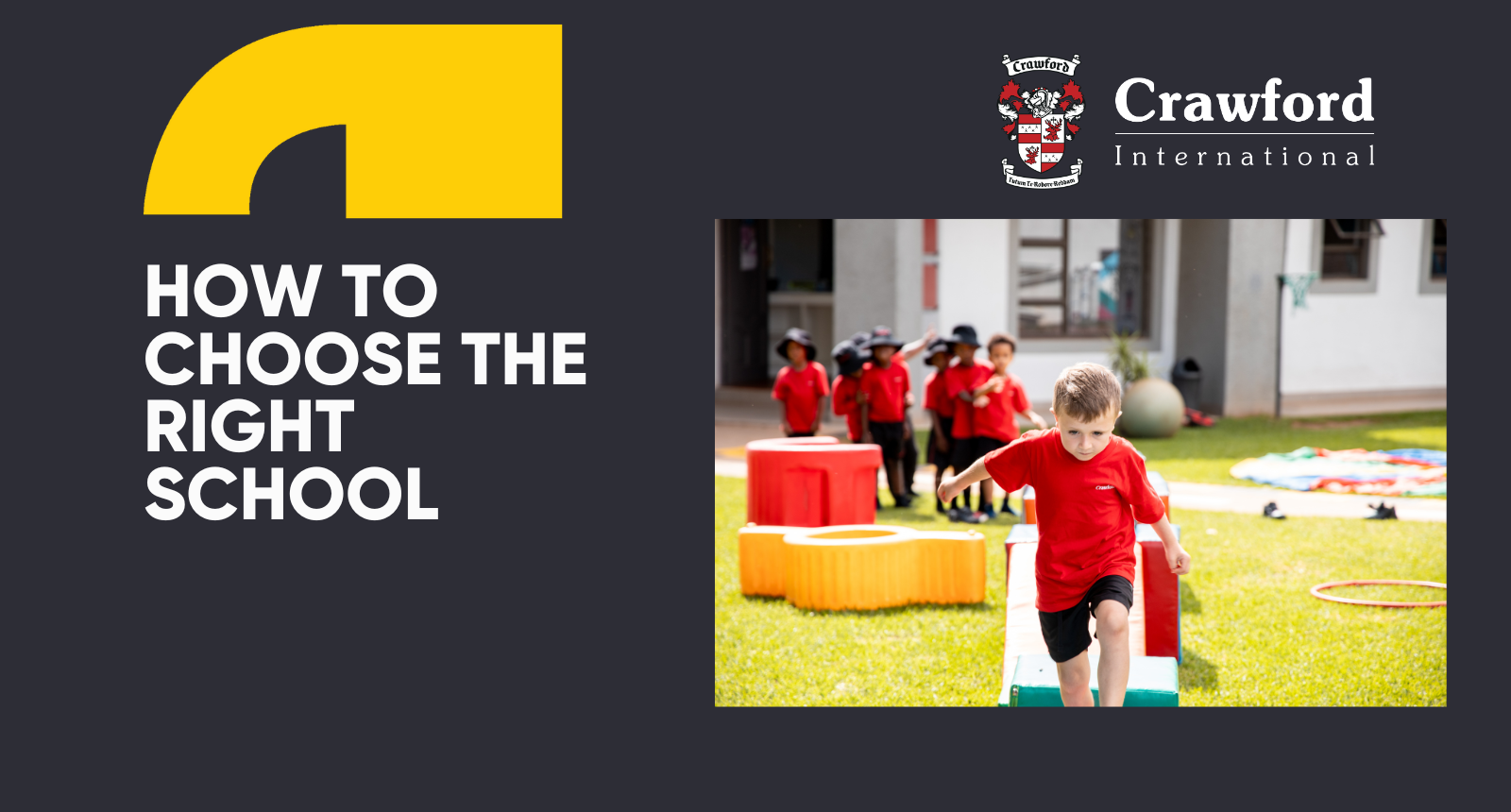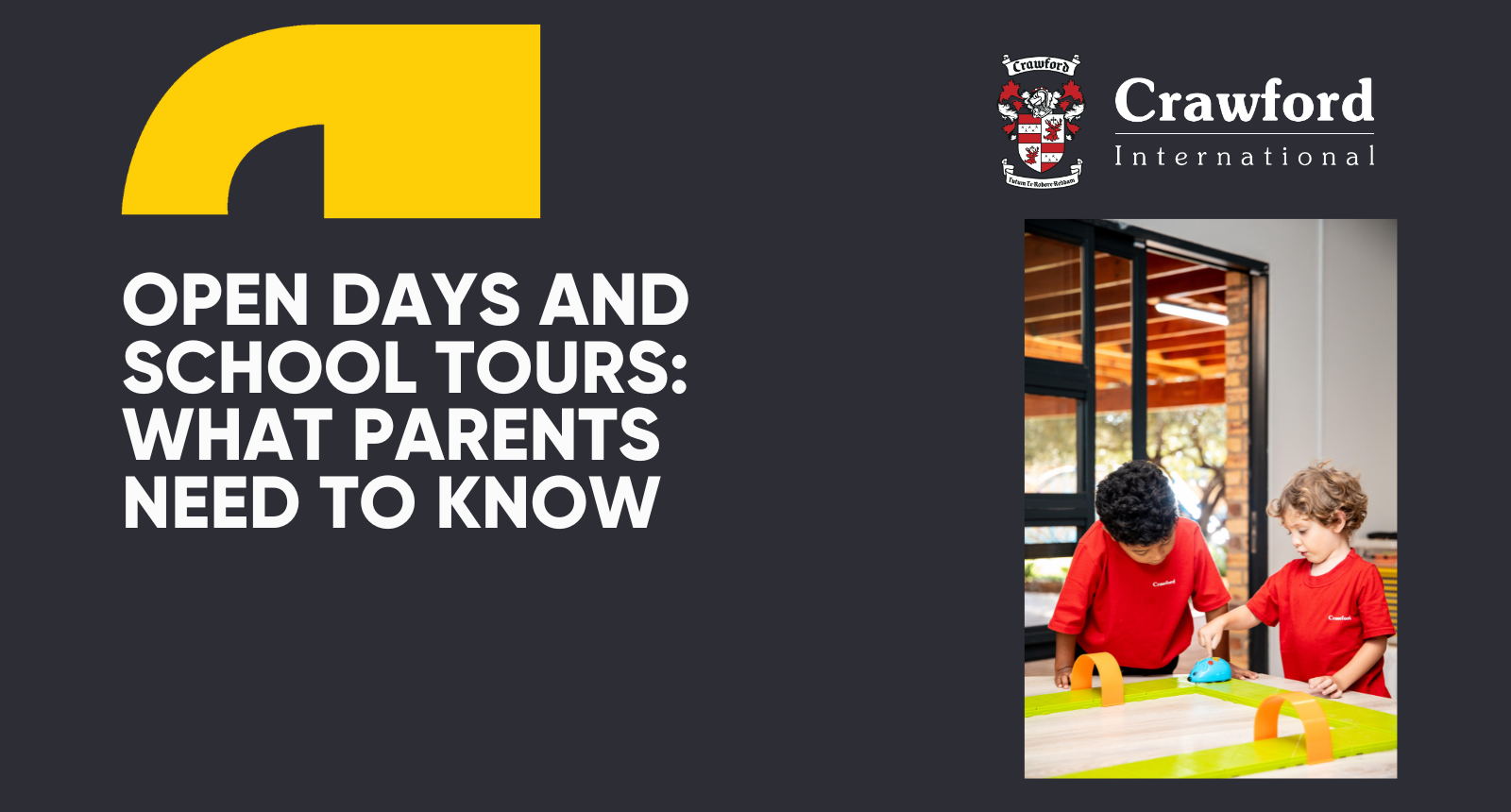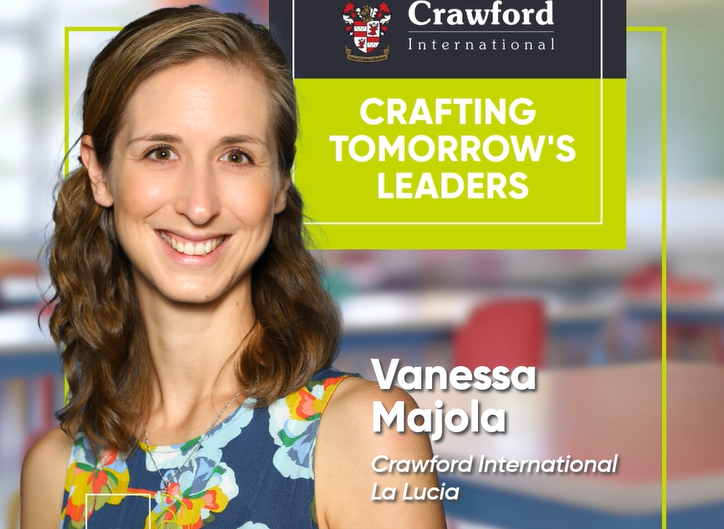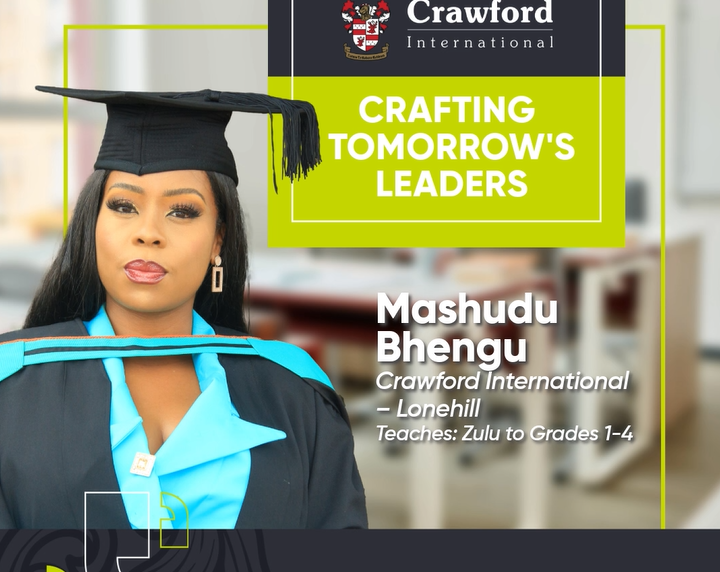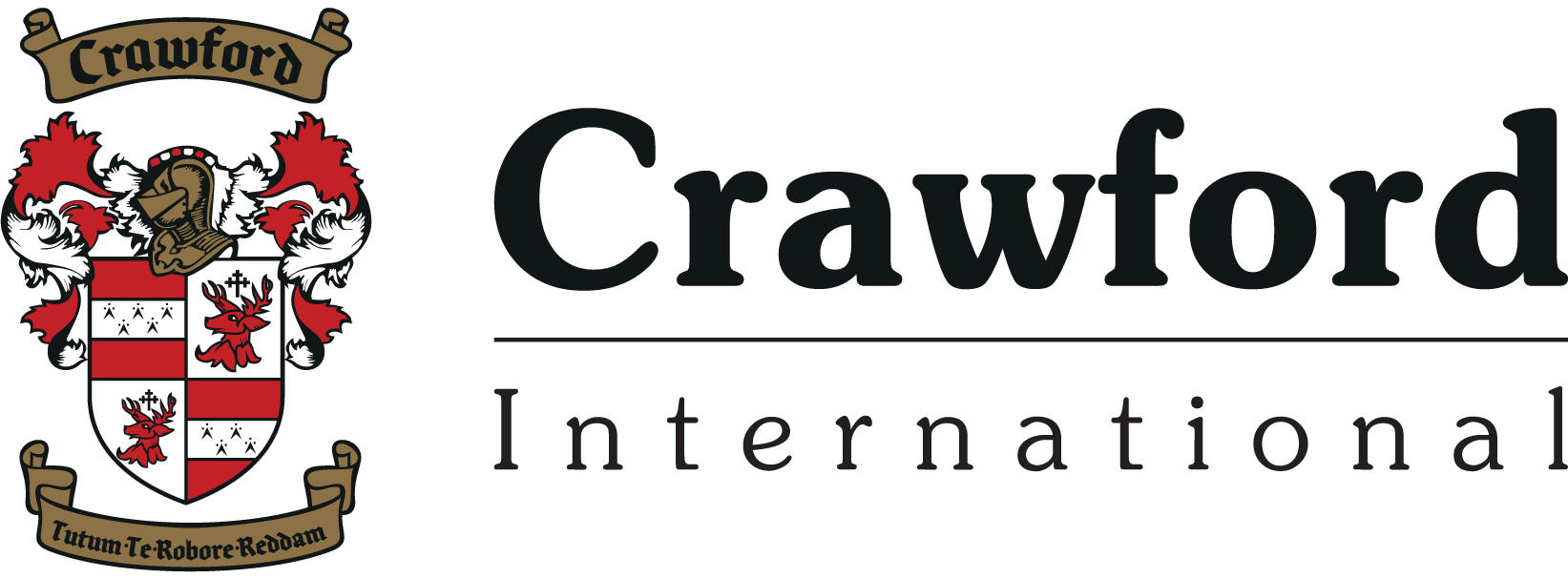Pedagogy in education: what is it and what are the methods?
March 15, 2024
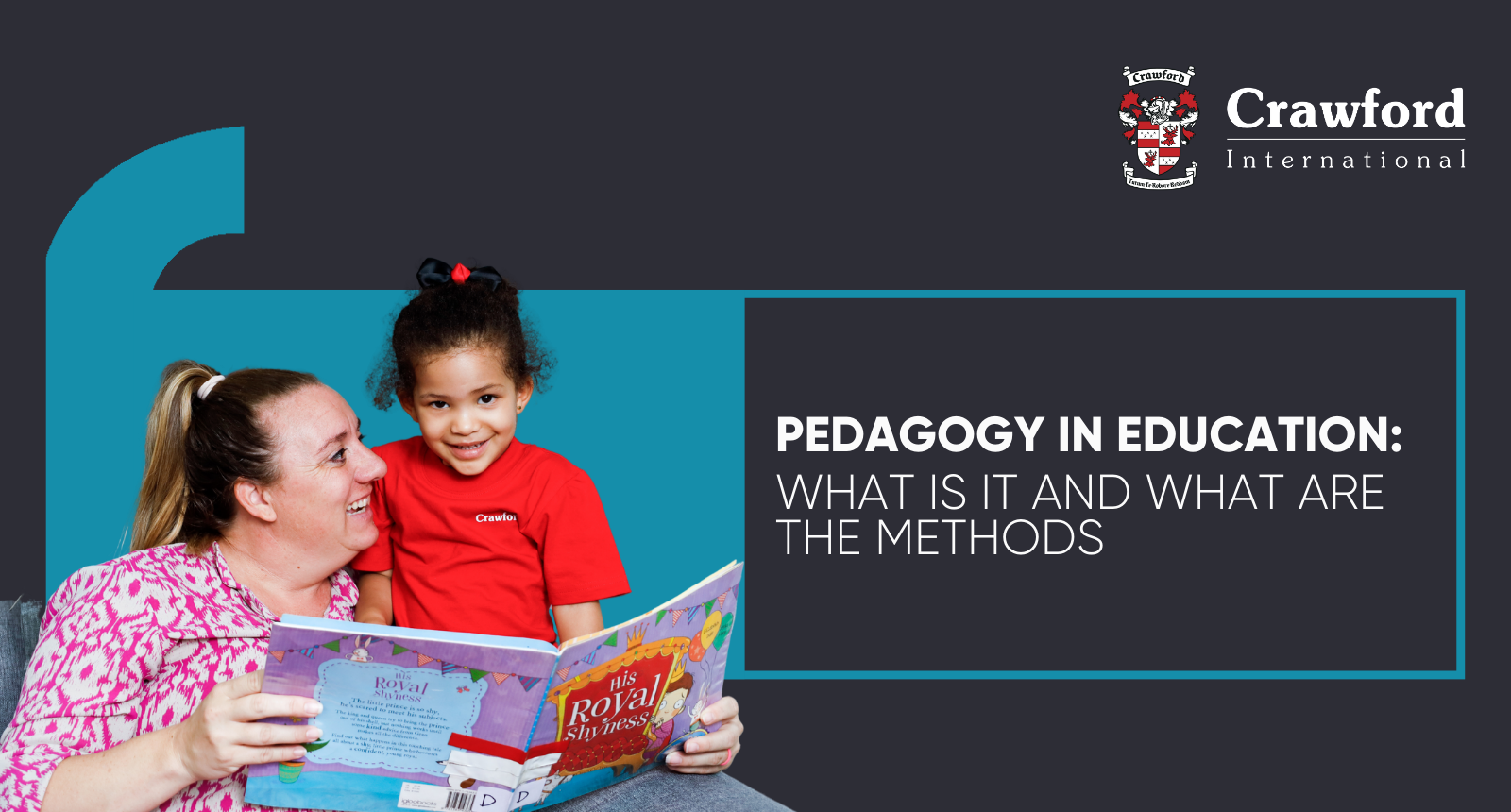
Understanding Pedagogy in Education
Have you ever heard the word pedagogy? It is a word derived from the Greek word ‘paidos’ meaning child and ‘agogos’ meaning leader - a leader of the child, relatively, a teacher.
Pedagogy was originally influenced by the great child development psychologist, Jean Piaget with his theories of cognitive development. Piaget suggested that children see the world differently to adults and that the most constructive way to teach a child was to see the world from their perspective and understand how they learn best in the developmental stage that they are in. This gave rise to the theory of pedagogy and that teaching methods must be adapted to the learner. Essentially, it’s the ‘art of teaching’ and includes different teaching styles and methods.
There are five types of pedagogy approaches in education:
1. Constructivist
In this method, students do not have to passively take in information and spurt it back out in the way of traditional parrot-learning. Instead, they are involved in the construction of their knowledge by experiencing the world, reflecting on those experiences and incorporating the ‘experienced’ information into their pre-existing knowledge.
2. Collaborative
In this method, students form a group and work together to achieve a learning goal. This goal may include brainstorming new ideas, solving problems together and collaborating to complete projects. Collaboration helps students to gain new perspectives and to understand wider perceptions. This method also boosts social interaction, team spirit and builds important peer relationships.
3. Integrative
This method involves integrating lessons and learnings from different subjects so that students are able to make connections across various curricula and lessons. For example, topics learned in Mathematics can relate to topics learned in language skills.
4. Reflective
Opposed to a student being evaluated by a teacher, this approach involves a child evaluating themselves. Self-evaluation develops analytical skills among students as they observe the activities of others, and then relate those back to themselves and how they do things.
5. Inquiry-based learning
At Crawford International, inquiry-based learning is the cornerstone of our education, offering students a culture in which they can explore concepts, challenge answers and outcomes, and define their own thought patterns. Inquiry-based learning is all about questioning information to gain a deeper understanding.
So how do we apply pedagogy in relation to education?
Every child has an innate strategy that they use to best learn information. No one style of learning fits all, and understanding how best a student’s brain absorbs information is the teaching method that should be applied for maximum results.
There are four main learning profiles under pedagogy:
- Auditory learning, involves gaining maximum information absorption by listening to lessons, or audio recordings, or podcasts.
- Visual learning, involves seeing the information in forms of pictures, diagrams, and colourful presentations.
- Reading and writing learning, involves more traditional teaching methods. These learners read the text (information in) and write it down (information out) to absorb the information fully.
- Tactile learning, involves the absorption of information through touch and practical experience.
Pinpointing these learning styles is the start of pedagogy for teachers. The way a teacher teaches can dramatically affect the way a student connects with the subject matter - and connection with the subject matter is the core responsibility of a teacher.
For teachers to connect students to the subject matter, they need to use innovative methods to springboard pedagogy in education.
Here are three innovative examples of alternative teaching methods applied by teachers:
Screen Dream:
If you want a child to learn, put it on a screen. Audio and video tools are highly useful in pedagogy. These tools not only improve the listening and visual skills of students, but they also capture their imaginations with visual effects, intense graphics and emotive sound.
Outdoor classrooms:
These lessons heighten learning by igniting all the senses. Students in an outdoor environment can see, hear, touch and smell. It is through elevated experience that true learning takes place. If the experience in the classroom is dull, the information absorption will be low.
Hobbies:
This method involves a personalised approach to understanding the existing interests of a student and then using that interest to teach them new concepts. For instance, if a child is besotted with rugby then applying the strategy of the game to a history lesson about the Boer War, will be most exciting.
Teaching truly is an art, and dedicated teachers using pedagogy methods will make a big difference in the life of a learner. And isn’t that what teaching is all about?
